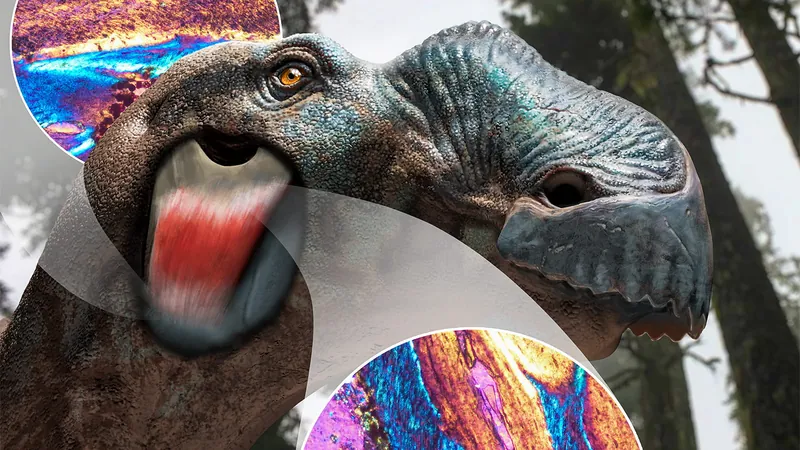
Dino Secrets Unveiled: Newly Discovered Cheek Tissue Changes Everything!
2025-05-27
Author: Noah
Exciting New Discovery in Dinosaur Anatomy
Hold onto your hats, paleontology enthusiasts! Researchers have just stumbled upon a groundbreaking discovery: a previously unrecognized soft tissue structure in the cheek region of various dinosaur species, dubbed the “exoparia.” This revelation not only sheds light on the mysterious anatomy of these ancient creatures but also highlights the limitations of conventional methods in reconstructing dinosaur biology.
A Rare Glimpse into Soft Tissue
According to Henry Sharpe, a master’s student leading the study published in the Journal of Anatomy, real soft tissue remains from dinosaurs are exceedingly rare due to degradation over time. While we can find and reconstruct their bones into semi-complete skeletons, the complexity of their muscles and tissues has long been a mystery.
A Revolutionary Approach
The scientific community recently began embracing a method known as the Extant Phylogenetic Bracket, which utilizes modern-day crocodiles and birds—dinosaur relatives—to infer muscle and tissue characteristics. However, Sharpe warns: "Every reconstructed muscle we have is based solely on what's found in these modern species. What if dinosaurs had unique muscle structures that were lost in their evolutionary journey?" This question motivated Sharpe during his examination of an Edmontosaurus skull affectionately named Gary.
The Catalyst for Discovery
Sharpe found an intriguing flanged structure near the cheek of the skull and quickly ran into a wall when he sought answers. "Seeing these corrugated features made me think—as experts, we usually don’t associate cheek muscles with reptiles. What if we’re overlooking something crucial about dinosaur musculature?" This curiosity propelled the team into deeper investigation.
Uncovering the Exoparia
Further scrutiny revealed this same structure persisted across various dinosaur species, making a compelling case that they shared a common muscle or ligament. To validate their findings, the researchers meticulously cut thin slices of bone, searching for the remnants of collagen fibers—vital anchors for soft tissues like muscles.
Collagen: The Clue to Dinosaur Cheek Muscles
Sharpe explains, "These fibers help prevent muscles from pulling away from bone, which could injure the animal. After the soft tissue decays, we can still detect these collagen remnants through polarized light examination." The innovative THLEEP technique enabled them to analyze the 3D orientation of these fibers, confirming a connection between the cheek and lower jaw.
Implications of the Discovery
The researchers noticed variations in size and attachment angles among different species, suggesting that the exoparia served specialized functions crucial for feeding mechanics. "While we haven't pinpointed its exact role, it’s clear that these muscles influenced how distinct dinosaurs chewed and processed their food—indicative of their unique adaptations," Sharpe emphasizes.
A New Era in Dinosaur Research
This remarkable finding underlines the necessity to expand beyond current methodologies that compare dinosaur fossils to modern relatives. "We're missing an immense diversity in dinosaurs by applying present-day frameworks to biological questions about the past," Sharpe cautions.
Future Research Directions
In a gesture of collaboration, Sharpe and his team have shared all their findings, including bone slice visuals and methodological details, inviting fellow scientists to dive deeper into the mysteries of the exoparia across more dinosaur species. "We hope our study serves as a reminder that one must question assumptions continually and remain open to exploring the extraordinary complexity that once roamed our Earth!"
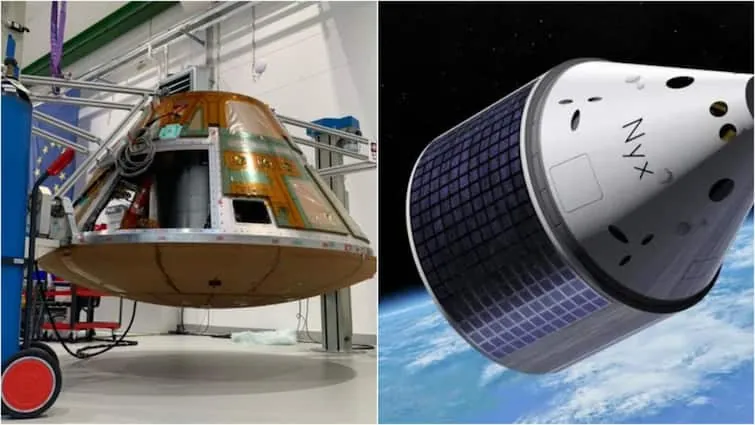
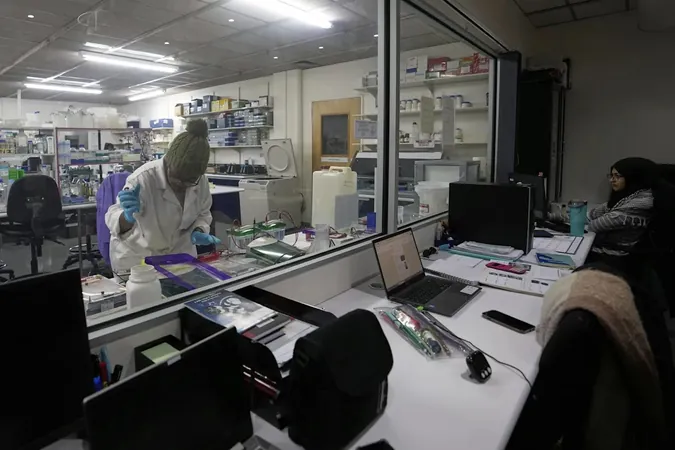
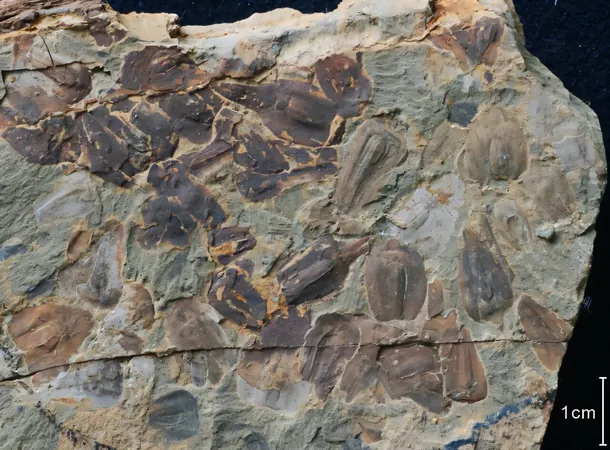
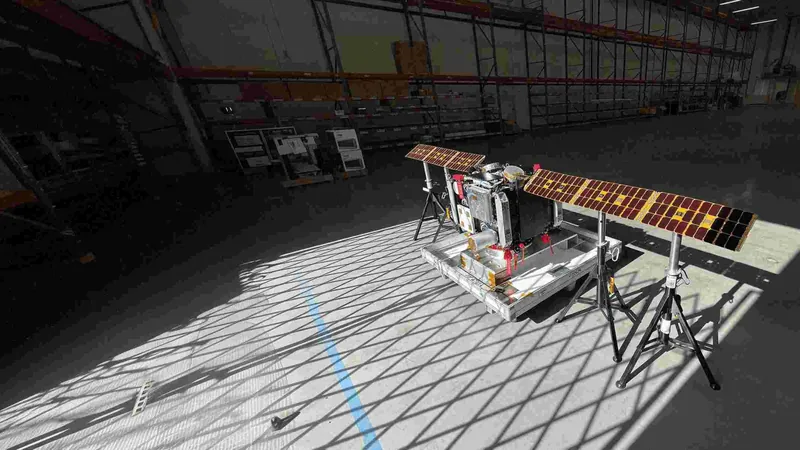
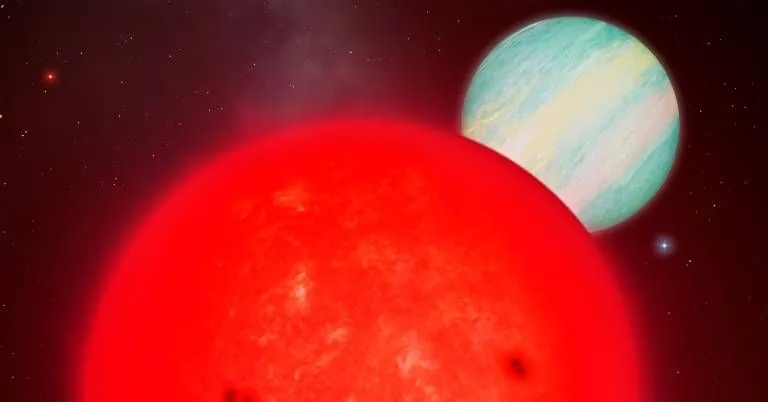




 Brasil (PT)
Brasil (PT)
 Canada (EN)
Canada (EN)
 Chile (ES)
Chile (ES)
 Česko (CS)
Česko (CS)
 대한민국 (KO)
대한민국 (KO)
 España (ES)
España (ES)
 France (FR)
France (FR)
 Hong Kong (EN)
Hong Kong (EN)
 Italia (IT)
Italia (IT)
 日本 (JA)
日本 (JA)
 Magyarország (HU)
Magyarország (HU)
 Norge (NO)
Norge (NO)
 Polska (PL)
Polska (PL)
 Schweiz (DE)
Schweiz (DE)
 Singapore (EN)
Singapore (EN)
 Sverige (SV)
Sverige (SV)
 Suomi (FI)
Suomi (FI)
 Türkiye (TR)
Türkiye (TR)
 الإمارات العربية المتحدة (AR)
الإمارات العربية المتحدة (AR)